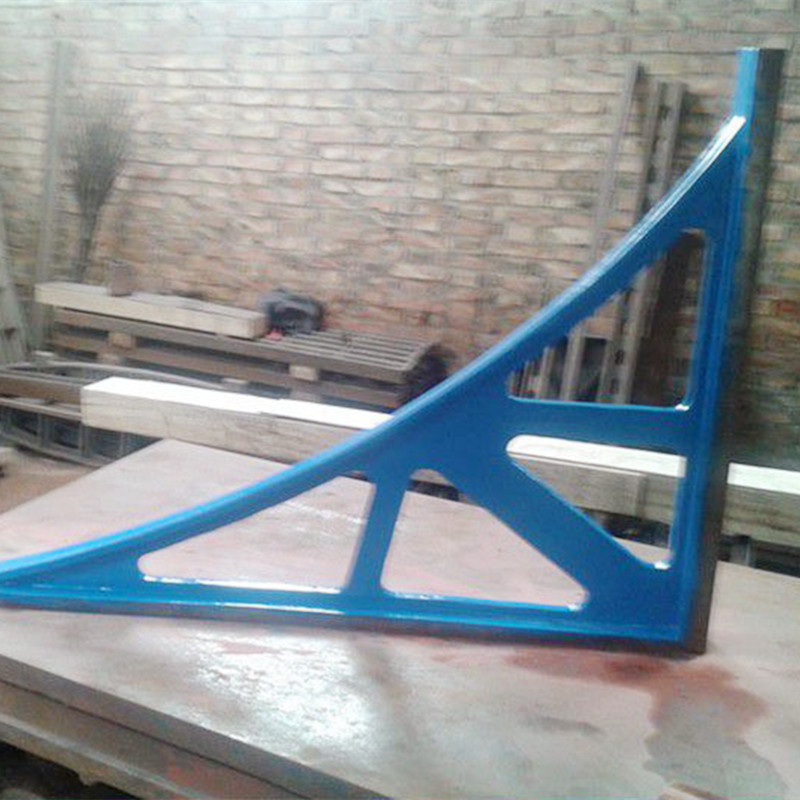nov. . 16, 2024 15:32 Back to list
pressure gauge thread types
Understanding Pressure Gauge Thread Types
Pressure gauges are essential instruments in various industrial and mechanical applications, allowing for the monitoring of pressure levels in systems ranging from pipelines to tanks. However, the effective integration of a pressure gauge into a system often hinges on the compatibility of thread types used for connection. Understanding the different types of pressure gauge threads is crucial for ensuring accurate measurements and preventing leaks.
Common Thread Types
1. NPT (National Pipe Tapered) The NPT thread is one of the most commonly used thread types in North America. It features a tapered design, which means that the diameter decreases at a consistent angle as the thread advances. This allows for a tight seal when the gauge is installed, reducing the risk of leaks. Additionally, NPT threads are generally self-sealing with the use of Teflon tape or thread sealant. NPT threads come in various sizes, including 1/8”, 1/4”, and 1/2”, making them versatile for different applications.
2. BSP (British Standard Pipe) In contrast to NPT, the BSP thread is commonly used in British and international applications. BSP threads can be either tapered (BSPT) or parallel (BSPP). The tapered version creates a seal similar to that of NPT, while the parallel thread requires an additional sealing mechanism, typically an O-ring or washer. BSP threads are measured in inches and have a different angle and form compared to NPT, making it essential to ensure compatibility when selecting fittings.
3. Metric Threads In regions that follow the metric system, such as Europe, metric threads are frequently used. These include metric tapered threads (M) and metric parallel threads. The sizing is measured in millimeters, and the threads are designed according to the ISO metric thread standards. Metric threads are often preferred in applications where precise dimensions and specifications are critical. The absence of taper in the parallel threads requires additional sealing methods to avoid leaks.
4. PT (Pipe Thread) PT threads, or parallel threads, are similar to BSPP threads and are used mainly in regions following the British standards. These threads do not taper and hence rely on a sealing mechanism to create a watertight fit. PT threads can be used across a range of applications where a secure, leak-proof connection is essential.
pressure gauge thread types

5. JIS (Japanese Industrial Standard) In Japan, the JIS threads are commonly utilized. JIS threads include both tapered and parallel versions, with specifications that differ from both NPT and BSP threads. As with BSP and metric threads, ensuring compatibility with JIS threads is critical for maintaining system integrity.
Choosing the Right Thread Type
Selecting the appropriate thread type for a pressure gauge connection involves understanding the system requirements, including the medium being measured, the operating pressure, and the environmental conditions. Incompatible thread types can lead to improper sealing, resulting in leaks that may compromise system safety and performance.
It is also essential to consider the materials involved. Different metals and plastics have varied properties, such as thermal expansion and corrosion resistance, which can affect the performance of the threaded connections over time.
Conclusion
In conclusion, the choice of thread type for pressure gauges plays a pivotal role in the efficient and safe operation of many industrial and mechanical systems. By understanding the differences between NPT, BSP, metric, PT, and JIS thread types, professionals can make informed decisions that enhance both the accuracy and reliability of pressure measurements. Always consult the relevant guidelines and standards to ensure compatibility in any connections involving pressure gauges.
-
Rising Demand for Corrosion-Resistant Metal Valves in Wholesale MarketsNewsMay.30,2025
-
Revolutionizing Industrial Workholding for Fabrication Table ClampsNewsMay.30,2025
-
Precision Measurement: Plug Gauges in Industrial Quality ControlNewsMay.30,2025
-
Material Selection and Durability in Heavy-Duty Welding Table WorkbenchesNewsMay.30,2025
-
Durability and Maintenance of Granite Fabrication TablesNewsMay.30,2025
-
Precision in Measurement: Why a Quality Inspection Platform MattersNewsMay.29,2025
Related PRODUCTS









